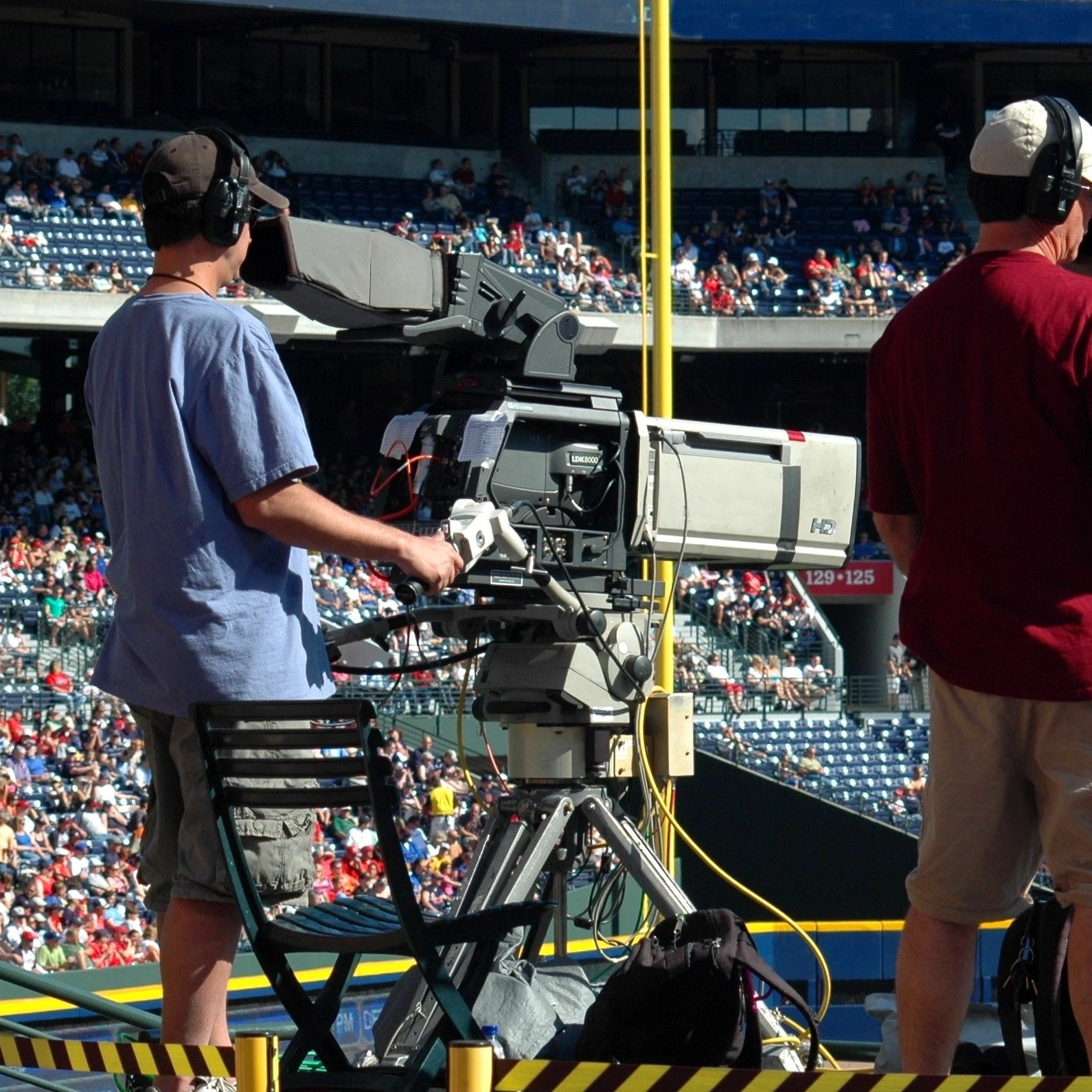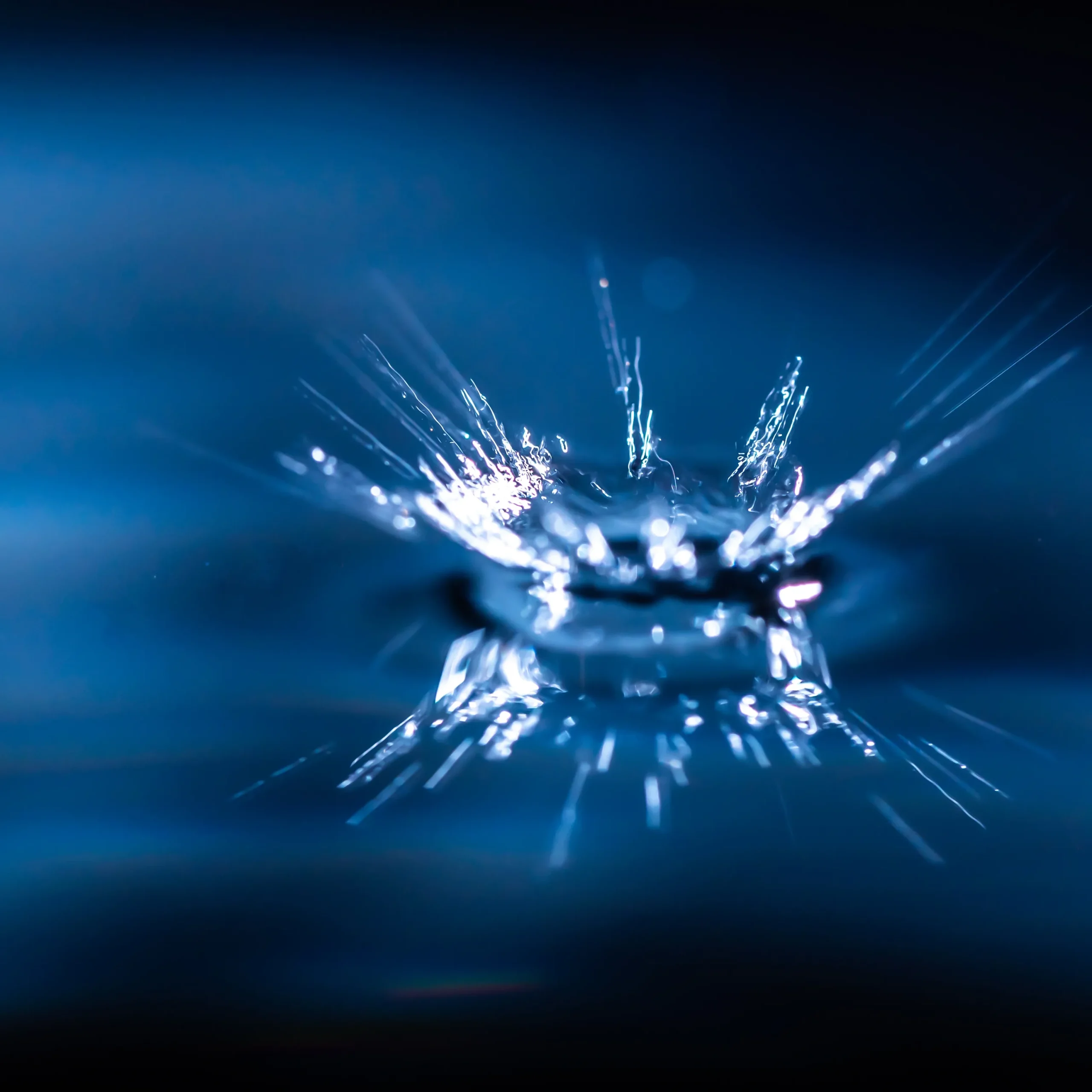Live sports broadcasting is one of the most unforgiving environments for a video chain. Any dropped frame, any color shift, or any power hiccup is instantly amplified on the jumbo screen and across millions of streaming devices. When fans expect pristine UHD replays in real time, every link in the imaging pipeline—from the stadium sideline to the control room—must be engineered for failure-proof operation. This post dives deep into how KAYA Vision’s high-reliability SDI cameras, working alongside CoaXPress-based systems where appropriate, create an end-to-end durable 4K OEM camera chain that producers can trust game after game.
The Challenge: Flawless Frames Under Extreme Conditions
Football, baseball, tennis, or motorsport—each discipline introduces a unique mix of environmental stressors. Cameras face blazing sun, heavy rain, wind-driven dust, continuous shock from loudspeaker vibrations, and frequent power cycles as crews relocate gear between venues. Conventional broadcast cameras often carry extra housings, cooling fans, and proprietary connectors that can fail when pushed beyond studio comfort zones. Meanwhile, broadcasters want:
- Uncompressed 4K—or even 8K—video for immersive replay.
- Low latency to guarantee lip-sync commentary and instant highlights.
- Long cable runs without signal degradation.
- Interoperability with existing SDI routers, replay servers, and CCUs.
- Field-swappable lenses and fast configuration.
Meeting these demands requires a new breed of durable 4K OEM camera—one that merges rugged industrial engineering with the workflow familiarity of SDI and, where needed, the bandwidth headroom of CoaXPress.
KAYA Vision’s SDI Portfolio: Engineered for Resilience
KAYA Vision offers three SDI camera models—Iron SDI 305, Iron SDI 3265, and Iron SDI 462—each designed to survive stadium abuse while delivering uncompromised image quality.
- Iron SDI 305: Built around the global-shutter Sony Pregius IMX305 sensor, this 12G-SDI powerhouse streams 4K60p with less than 2.2 e- of temporal noise. Weighing roughly 50 g, it mounts easily on gimbals behind the goal or on handheld steadicams roaming the touchline. C-mount, CS-mount, or active EF-mount options let crews share lenses with existing ENG kits and even drive remote iris and focus through the EF protocol.
- Iron SDI 3265: When productions demand 8K or UHDTV2, the Gpixel GMAX3265 sensor inside this camera delivers up to 60 fps via quad-link 12G-SDI. Active airflow keeps the 450 g unit cool from −40 °C industrial-grade winter hockey matches to +50 °C summer track meets, while global shutter ensures crisp imagery on lightning-fast plays.
- Iron SDI 462: Optimized for low-light arenas, the Sony IMX462 rolling-shutter sensor offers outstanding quantum efficiency and >70 dB dynamic range. Its tiny 44 × 44 × 29 mm footprint hides easily in the backboard or above the boxing ring for unique POV angles, and typical power draw is just 2.4 W.
Although specifications differ, the Iron SDI family shares hallmark traits that define KAYA’s rugged design language:
- Optional IP67 ingress protection with protective lens tubes.
- MIL-STD-810G tested 75 G shock and vibration resistance.
- Wide power input spans that cover 5 V on the compact Iron 462 up to 28 V on the larger models, accommodating truck, battery, or studio supplies.
- Industrial temperature tolerance that reaches down to −40 °C on every model and as high as +70 °C or +80 °C depending on the camera.
- On-camera color pipelines—auto/manual black level, 1D LUTs, and color-correction matrices—that drop directly into familiar OB-van shading workflows.
Why CoaXPress Matters in Sports Broadcasting
While SDI remains the lingua franca inside most stadium control rooms, CoaXPress (CXP) has surged as the transport of choice on the camera-to-fiber-to-server leg for machine-vision analytics and super-slow-motion acquisition. CXP v2.1 pushes up to 12.5 Gb/s per cable, enabling full 4K100p 4:4:4 at 10-bit over a single micro-BNC connector. For sports engineers scaling to HDR or higher frame rates, that extra bandwidth buys future-proofing without swapping cabling infrastructure.
KAYA Vision’s flagship CoaXPress model, the Iron 4600, exemplifies this approach with 8K100 fps output over four CXP-12 links. Although the Iron SDI cameras described above do not expose CoaXPress ports, their FPGA architecture is derived from the same low-jitter pipelines used in KAYA’s CXP lineup, giving broadcasters consistent latency and image-processing controls across both interface families.
Building a Fail-Proof Camera Chain: Step-by-Step
The following blueprint shows how to assemble a durable 4K OEM camera chain using KAYA hardware—from the lens to the replay server—while leaving headroom for CoaXPress additions where needed.
1. Optics and Mounting
Sports broadcasts often mix super-telephoto shots with ultra-wide POV angles. Iron SDI 305’s active EF mount supports remote iris and focus control, perfect for robotic touchline cameras. When weight is critical, swap to the CS mount on Iron SDI 462 and pair it with a lightweight 4 mm F2.0 lens for sideline pylons. For 8K main-camera duties, Iron SDI 3265 accepts F-mount or M42 cine glass via adapter, providing depth-of-field aesthetics that rival much larger systems.
2. Power Distribution
Every Iron camera accepts external DC in, so you can plug straight into 12 V battery plates or 24 V truck supplies without additional converters. When the production also deploys CoaXPress gear—such as the Iron 4600—Power-over-CoaXPress (PoCXP) injectors add a single-cable option. In all cases, routing power through a dual path (one feed from the stadium UPS rack and another from a local battery) enables seamless fail-over in the event of a breaker trip or cable snag.
3. Cabling Strategy
SDI and CoaXPress both use 75-ohm coax, simplifying spares management. Deploy Belden 1695A for 12G-SDI distances up to 100 m, and Belden 4855R for CXP-12 runs up to 35 m without repeaters. Micro-BNCs on the camera side minimize strain on the PCB while HD-BNC breakouts in the rack provide familiar full-size BNC fan-outs.
4. Signal Monitoring
Unlike generic OEM boards, every KAYA camera embeds an Operational Time Counter. OB engineers can query runtime statistics over RS-232 or the open-source GUI to plan preventive maintenance. Frame counters, temperature telemetry, and other health metrics stream constantly, alerting shaders to looming issues before they hit air.
5. Synchronization and Genlock
Tri-level sync is mandatory when mixing slow-motion feeds from several cameras. Iron SDI 305, 3265, and 462 accept tri-level inputs (for progressive formats on 3265 and 462), locking each sensor’s exposure to the house reference clock. That eliminates tearing artifacts on high-speed pan shots. For hybrid SDR/HDR workflows, the cameras’ 10-bit 4:2:2 pipelines maintain smooth gradation for colorists.
6. Control Room Integration
In the truck, SDI outputs from the Iron cameras drop directly into existing cross-points and multiviewers. When productions also incorporate KAYA’s CoaXPress models—such as the Iron 4600—the same lens set can feed a CXP frame grabber for RAW capture and AI-based player tracking. By choosing the appropriate KAYA body for each position, engineers can blend SDI convenience with CXP horsepower under a unified control API.
Key Features That Eliminate Failure Modes
- Rolling and Global Shutter Choices: Iron SDI 305 and 3265 use global shutter to freeze explosive action, while Iron SDI 462’s rolling shutter maximizes sensitivity for night events.
- Internal LUTs: On-board 1D LUTs allow quick log-to-709 conversion without external processors, reducing cable clutter.
- Defect Pixel Correction: Hot pixels caused by cosmic rays or thermal stress are mapped out automatically, keeping images artifact-free well beyond typical service intervals.
- Fanless or Active Cooling: The lighter Iron SDI 305 and 462 operate fanless for silent courtside coverage; the 8K Iron SDI 3265 uses a controlled fan whose speed scales with temperature, ensuring sensor longevity.
Maximizing ROI for Broadcasters
Purchasing departments care about capital expense, while operations teams focus on uptime. The Iron SDI series satisfies both by:
- Reducing spare inventory—the three models collectively cover SD through 8K jobs, letting engineers choose resolution without switching brands.
- Minimizing failure-related truck-roll costs—ruggedized hardware means fewer overnight shipments of replacements.
- Lowering power consumption—Iron SDI 462 draws just 2.4 W, allowing longer remote shoots on small batteries.
- Offering an open protocol—no recurring license fees to unlock features; a single RS-232 API controls exposure, color, LUTs, and tally across the entire family.
Future-Ready with CoaXPress Sports Broadcasting
As leagues transition to 120 fps UHD HDR, CoaXPress provides the headroom to scale. KAYA’s cross-platform firmware strategy means lessons learned on its Iron 4600 CXP camera flow directly into firmware updates for the SDI range, unlocking new SDI standards or higher bit depths without touching the physical layer. This architectural foresight makes the cameras an investment that matures alongside broadcast standards.
Putting It All Together
From dust-proof housing to tri-level sync, every design choice in the Iron SDI family converges on one promise: fail-proof performance when the stakes are highest. Whether you need a sideline POV, an end-zone super-zoom, or an 8K main camera for ultra-slow-motion replays, KAYA Vision delivers a durable 4K OEM camera chain that integrates seamlessly with legacy SDI and positions your operation for the bandwidth explosion of CoaXPress sports broadcasting.
High-reliability SDI cameras are no longer a wish-list item—they are a broadcast imperative. With KAYA Vision, reliability is engineered, tested, and field-proven, so your crew can focus on capturing the drama instead of troubleshooting gear.




